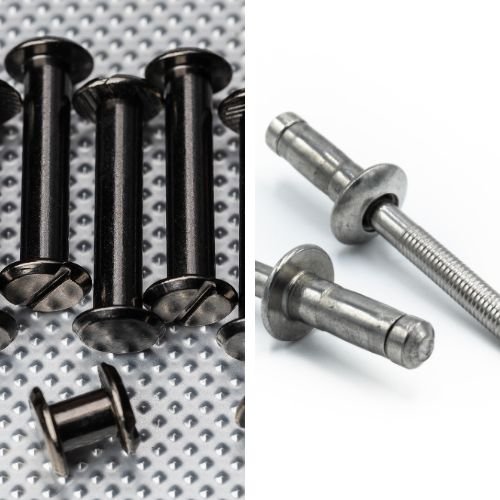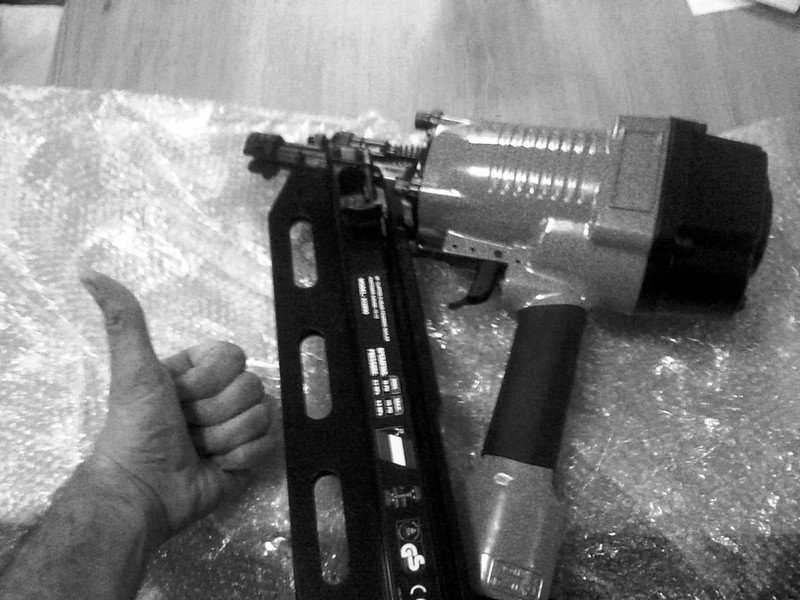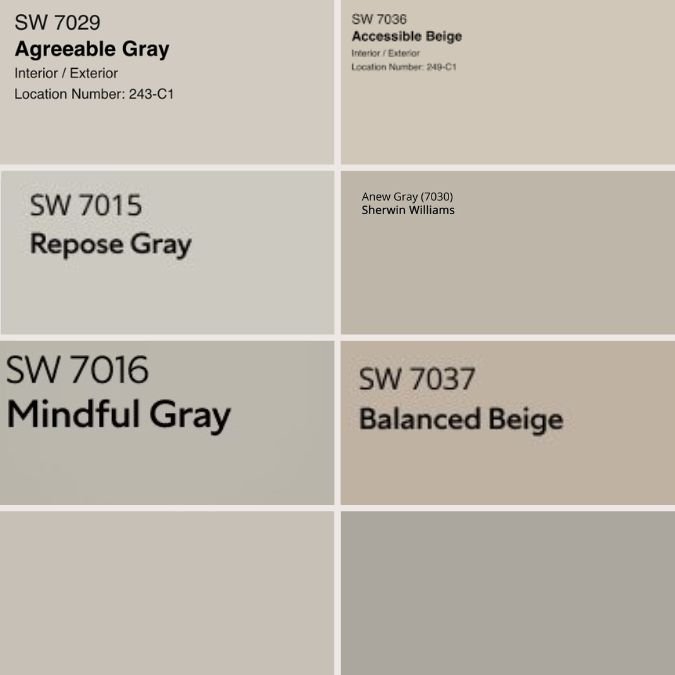If you’re into crafting, DIY projects, or even repairs, you’ve probably come across both Chicago screws and rivets at some point. They may not seem like big things, but trust me, picking the right one can make or break your project (sometimes literally).
I’ve had my share of trial and error moments with both, so let me break it down for you what they are, how they differ and when to use which one.
What are Chicago Screws and Rivets?
Chicago Screws
Chicago screws, also known as binding screws or post screws, are essentially two piece fasteners. There is one piece with a threaded post and another screw that fits into it. They’re reusable, which is why they’re a favorite for projects where you might need to take things apart later. Think of things like leatherwork, scrapbooks, belts or even furniture.
Rivets
On the other hand, rivets are more of a “set it and forget it” type of fastener. They don’t have threads and they’re permanent. You insert them through holes in the material and then you “set” the rivet, typically by flattening one end with a tool. It creates a solid bond that doesn’t break unless you break it.
Chicago Screws vs Rivets – Key Differences

Things start to get interesting here. Both are great in their own ways, but they’re different enough to be better suited for different things.
1. Reusability
The one thing that makes Chicago screws such a big selling point is that they are completely reusable. If you need to adjust, repair or replace something, you only have to unscrew them. However, rivets are permanent. Once you set them, you’re stuck with them unless you drill them out (which is a bit of a hassle).
Use Chicago Screws if: You’re working on something you might want to take apart or fix later.
Use Rivets if: You want a permanent, no fuss hold.
2. Strength
Rivets are usually the king of sheer strength. They form a strong, unbreakable bond that’s ideal for projects where durability is key, such as metalwork, heavy duty straps or structural projects.
Chicago screws are sturdy, but they may not be the best choice for projects that are under a lot of stress or weight, especially if the threads loosen over time.
Use Chicago Screws if: The load isn’t too heavy and you want to keep things easy to use.
Use Rivets if: You need a rock solid, long lasting hold.
3. Aesthetic Appeal
It’s here where personal preference comes in. Chicago screws can appear polished and neat, with a clean finished appearance on both sides. Available in various materials like brass, stainless steel, and even decorative finishes, leatherworkers and scrapbookers love them because of their aesthetics.
Rivets although are functional, but don’t always win in the looks department. They may appear industrial or unfinished, especially on the side where the rivet is flattened.
Use Chicago Screws if: You want a sleek, clean look and if the appearance of your project matters.
Use Rivets if: Aesthetics are less important than functionality.
4. Installation
Chicago screws are easy to work with. All you do is align the two pieces and screw them together. They’re a great beginner friendly option if you’re not super confident with tools.
But rivets are a bit more work. You’ll need a rivet setter or a rivet gun, and you’ll have to practice to get them just right. There’s a learning curve, but once you get used to them, they’re pretty fun to use.
Use Chicago Screws if: You want an easy, tool free installation.
Use Rivets if: You’re not afraid of the extra effort and are comfortable with tools.
5. Material Compatibility
Both of them are suitable for a variety of materials, but which one you use depends on what you’re working with. Rivets work well with metal, fabric and thicker materials, while Chicago screws are the way to go for leather, paper, plastic and soft woods.
Use Chicago Screws if: You’re working with softer, more delicate materials.
Use Rivets if: You’re dealing with tough, heavy duty materials.
My Personal Experience: When I’ve Used Each
I remember trying to rivet a leather belt that I was making. I figured the durability would be a plus, but I soon found out that the flattened end of the rivets just didn’t look as neat as I wanted. Worse, I misaligned one and drilled it out. Lesson learned: Chicago screws are the leatherworker’s best friend. They made my belt look professional and I could adjust them later if I wanted to resize the belt.
On the other hand, when I fixed a metal garden trellis, Chicago screws weren’t strong enough to hold up to the weight and outdoor conditions. That’s where rivets saved the day. They locked everything in place, and I haven’t had to touch it since.
Which One Should You Choose?
Well, there’s no “one size fit” for all. Your project determines which is the right choice. If you require flexibility, a clean look and ease of use, then Chicago screws are for you. However, if strength and permanence are your priorities, rivets are the way to go. And both Chicago screws and rivets are great fasteners at the end of the day, just with different strengths. Don’t be afraid to experiment, sometimes trial and error is the best way to learn (like I did).
So, what are you working on? Now you know which one to grab whether it’s a DIY leather bag, a metal sculpture, or something in between. Happy crafting! 😊



